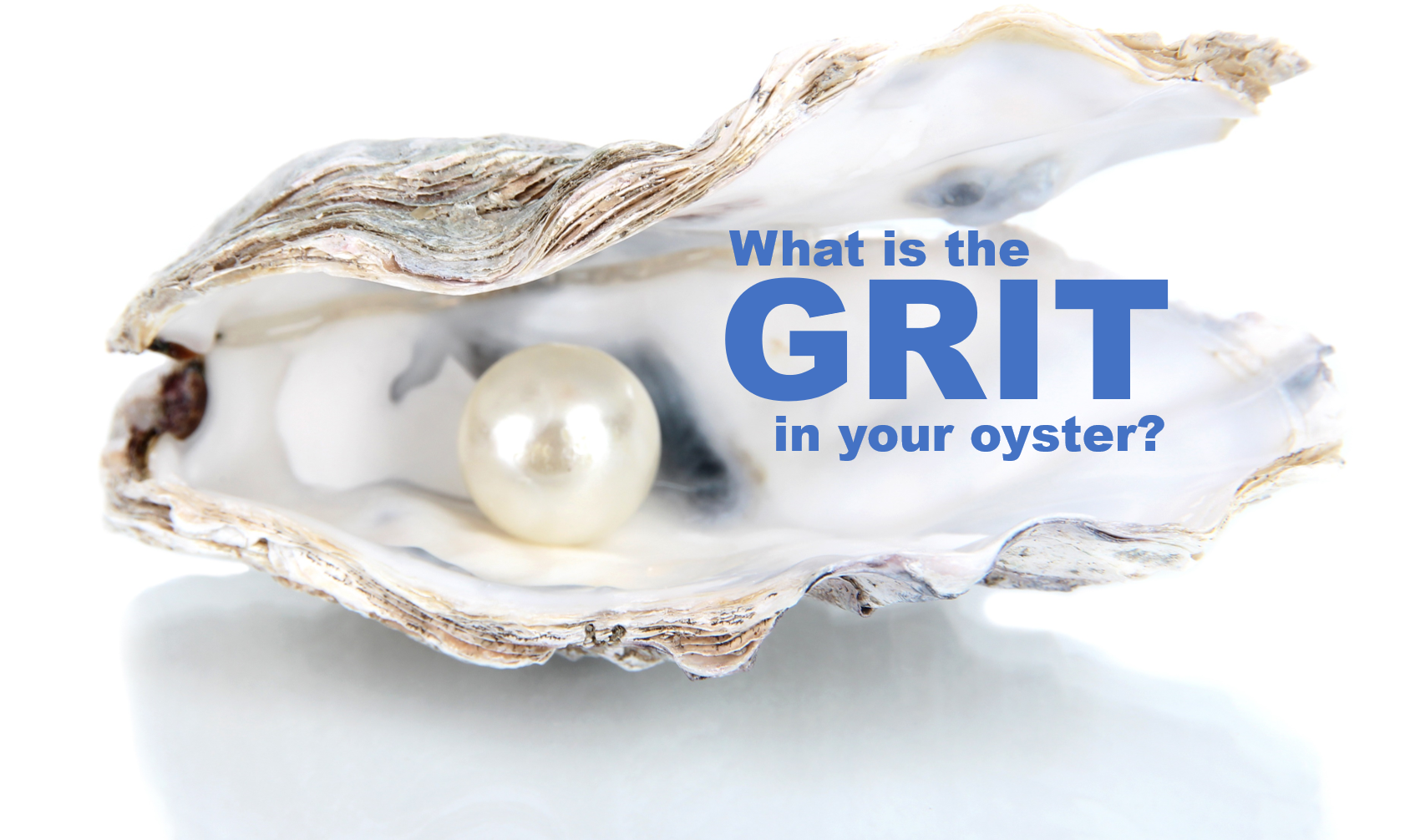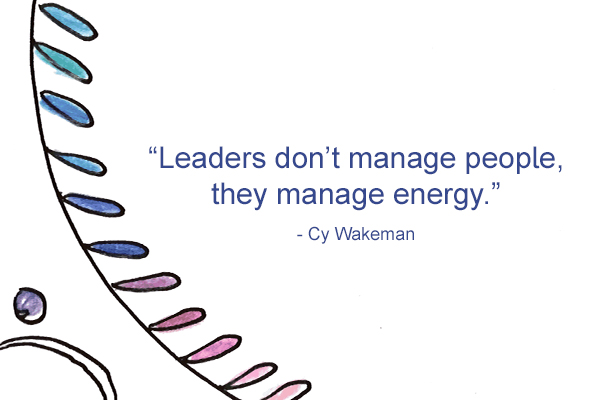It’s the holiday season and in the final countdown, it seems everyone is a customer. But in the world of business-to-business commerce, the basic question is oft debated in board rooms and strategy meetings: who is our customer?
I often jokingly respond that the right answer to “who is our customer?” is “yes.” Especially if you sell complex solutions or through channel partners. But who’s voice is loudest in your “voice of the customer” that speaks into your offerings and strategies?
Seems simple enough, but for those of us who sell through channel partners or distributors or have products used by different people than those who buy, it can be a tricky question which requires a nuanced and highly strategic answer. For instance, who is the “customer” of a diagnostic display used to detect cancer? The hospital CIO or the radiologist who uses it every day or the patient who benefits from the early diagnosis. Who is the “customer” of a publisher of a complex enterprise software tool that sell through consultants who add necessary professional services to provide a solution to the companies they find, cultivate, and service? Who is the “customer” of a lighting company who is marketed by independent reps, specified by architects, purchased through distribution by contractors, programmed by lighting designers, and maintained by corporate facilities departments or property managers? Or what about advertising-based models, where the “customer” (who is paying for advertising) and the “user” (who would really rather not have ads) are inherently at odds. The definitions of a customer can be dizzying.
And adding to this confusion is changing market dynamics in many industries. Management consultants will want to analyze profit pools to make channel optimization recommendations, all the while experienced sales people appreciate the loyalty of existing partners while market disrupters disintermediate channels using technology. Integrators, resellers, and dealers are consolidating in many markets. And manufacturers and service providers are left wondering whether their routes to market are efficient enough and capable of serving the needs of the end users effectively. And for strategic reasons, you must be informed by the past, but look to the future.
When you are start into a “who is my customer?” conversation, which can devolve into academic exercises and tribal territory defensiveness, here are three questions that should be asked to provide actionable clarity.
1. Who sees the most value in our offering?
No matter where you are in the supply chain, there is someone out there that appreciates the value that you are producing between your “raw materials” and “finished goods.” So, who best appreciates what your product or services do and sees the productivity improvements, cost savings, or other tangible or intangible benefits of your offering? This may or may not be the entity with whom you are directly transacting. It is often likely to be a specifier or end user, but it could be a channel partner who sees your offering as part of their solution and ability to differentiate against their competition. The answer to this question has huge implications on product management, pricing strategies, and overall business approach. If the people that see the most value, are not in a position to pay for it, then it is difficult to monetize the differentiation you have built into your offering. And, of course, your offering today might not be what you are bring to market in the future and this discussion about who values and can afford the differentiation you are offering is a good input into your product roadmap.
I have lead products whose primary value proposition was to help integrator partners generate more profit with easier installation and easier service features. End users of the system didn’t necessarily have visibility to these features and were not willing to pay more, but the resellers and installers preferred the product strongly and were able to shape demand effectively and maintain a price premium. In other businesses, the value propositions are for the end user, and the channels are just there to fulfill demand created directly by the brand and help the brand influence at the point of purchase.
2. Who best represents independent demand for our offerings?
One of the arguments for supporting channel partners is that they have customer relationships and can influence transactions to the point that they are essentially a customer and can take their business (or more precisely, the business of their captive customers) virtually anywhere they want. When Costco decides that they will only accept American Express, Visa and MasterCard are locked out and Costco members sign up for American Express credit cards. When Dell selects TechData for a multi-year distribution contract, Dell’s customers don’t know or care where their computer peripherals are being sourced. So, if you are PC peripheral brand who sells through distribution, who is your customer? In contract, when a homeowner calls their trusted “AV guy” to set up a home theater, they expect to hear recommendations and purchase product, even from brands they have never seen advertised. And when demand generation budgets are tight, it is very tempting to leverage channels (which you can pay in margin) to build demand that you otherwise can’t afford to cultivate on your own. Some channels are great at creating and shaping demand and others are best at fulfilling demand created by brands or manufacturers.
I have seen incredible wealth created in partnership with channels who can create category and build demand. And I have seen other channels that can’t create demand on their own at all. Depending on your industry and the level of commodification, there may not independent demand represented by your channel partners, in which case you are not selling “to” channels as much as you are selling “through.” This question has huge implications on how demand generation money is invested.
3. Do we transact with the most efficient partners to fulfill the demand?
During the consumer-driven holiday season, the challenges of the “who is my customer” question is well illustrated. In this season, we are consumers, but we are gift givers. We are transacting for others. Purchasing gifts that we might not have specified nor will we use. Your 80-year-old grandmother might not be the best prospect to put on the mailing list of a skateboard shop, even though that is where she purchased a gift for her grandson this year. Even though she technically was the one writing the check. Gift givers are like the purchasing department at a company, who might be listed in the manufacturer’s database as the customer, but in fact, are not actual customers. Or like the role of a reseller or dealer who may just be taking orders and don’t have a real ability to make product recommendations or command any customer loyalty. They might not represent independent demand. They might just be an intermediary. And as an intermediary are they effectively and efficiently playing their role in the value chain? Are you paying a reseller a large margin percentage to transact orders you have cultivated yourself? Are you absorbing service costs because your channel can not service their customers effectively?
These questions might lead you to answer the “who is my customer?” question with more purpose and confidence. The answer might not just be “yes” (ie, end users, channel partners, specifiers, influencers are all my customers), but it might be “no” (that we need to focus on just one or two of these groups to have the maximum impact). In fact, the real test of strategy is what you are saying “no” to and narrowing the voice of the customer and your definition of who you serve is a great place to start.
These are just a few of the questions that I have found most insightful when discussing channel strategies and customer experience approaches. I would love to hear your ideas as well, so leave a comment or engage on my blog (www.atjenniferdavis.com) to continue the discussion. I wish you all a warm and wonderful holiday season!
Cover image is a parody of “Are You My Mother?” book, a classic children's book by PD Eastman.
This article was originally published on LinkedIn Pulse.









































